The automotive world is full of surprises, especially when it comes to the value of discontinued cars.
Some models, once overlooked or deemed unreliable, have surged in worth over time, becoming prized collectibles that fetch thousands of dollars on the market. These vehicles often gain value due to rarity, cult followings, unique designs, or historical significance.
On the flip side, many discontinued cars fail to stand the test of time, continuing to depreciate or maintain a reputation for being junk, plagued by reliability issues, lack of parts, or simply not aging well.
Understanding why certain discontinued cars appreciate while others remain undesirable can shed light on what factors influence car values beyond their production lifespan.
This article explores two contrasting groups: five discontinued cars that have skyrocketed in value, becoming coveted treasures, and five discontinued models that unfortunately stayed junk, offering little to no return on investment.
Whether you are a collector, enthusiast, or just curious, this comprehensive look at discontinued cars reveals the fine line between automotive gems and forgotten failures.
5 Discontinued Cars Now Worth Thousands
Cars that have been discontinued sometimes become automotive legends, appreciated far beyond their original selling price.
The jump in value can come from a variety of factors: rarity due to limited production, a devoted fan base, performance or design that was ahead of its time, or historical importance.
Collectors often seek these models as investments or for nostalgic reasons, knowing their worth will likely increase with time. However, the path to becoming a valuable collectible is not simple or guaranteed.
Many cars lose value rapidly after discontinuation. For the five cars we’ve chosen here, their rise in value is well-deserved, backed by strong demand and cultural significance.
Why these five? Each car on this list represents a unique story of transformation—from ordinary or even overlooked models to highly prized vehicles worth thousands of dollars today.
Some gained notoriety for their styling or engineering feats, others for the cult following that developed after production ended. We’ll explore what makes each one special and why enthusiasts and collectors are willing to pay top dollar to own them.
These cars offer insights into the classic car market and the factors that drive appreciation, including rarity, condition, and historical importance. Understanding these elements helps explain why some discontinued vehicles become gems rather than junk.
1. Toyota Supra MK4 (1993–2002)
The Toyota Supra MK4 is widely regarded as one of the most iconic Japanese sports cars ever made, and it has become a legend among car enthusiasts worldwide. When it debuted in the early 1990s, it was praised for its blend of advanced engineering, power, and reliability.
The MK4 Supra’s standout feature is its 3.0-liter 2JZ-GTE inline-six engine, a twin-turbocharged powerhouse capable of handling immense horsepower with stock internals.
This engine’s robustness and tuning potential made the Supra a favorite in the tuning and racing communities, allowing enthusiasts to push the car to extremely high performance levels without major modifications.
Despite these strengths, the Supra was moderately priced during its production run and was seen by many as a niche sports car, which limited its initial market. However, its value has skyrocketed in recent years due to a combination of factors.
The car’s starring role in the “Fast & Furious” franchise gave it worldwide fame and introduced it to a younger generation of fans, many of whom now seek to own a piece of that legacy.
Additionally, the MK4 Supra was discontinued in 2002, and for many years, the import restrictions in some countries—like the US 25-year rule—limited availability of clean, original models. As a result, supply has become scarce while demand grew.
Well-preserved, low-mileage examples now routinely fetch prices well into six figures. Collectors prize original condition, factory turbocharged models, and cars with rare colors or special editions. Beyond its power and performance, the Supra is known for its timeless design that remains relevant and desirable decades later.
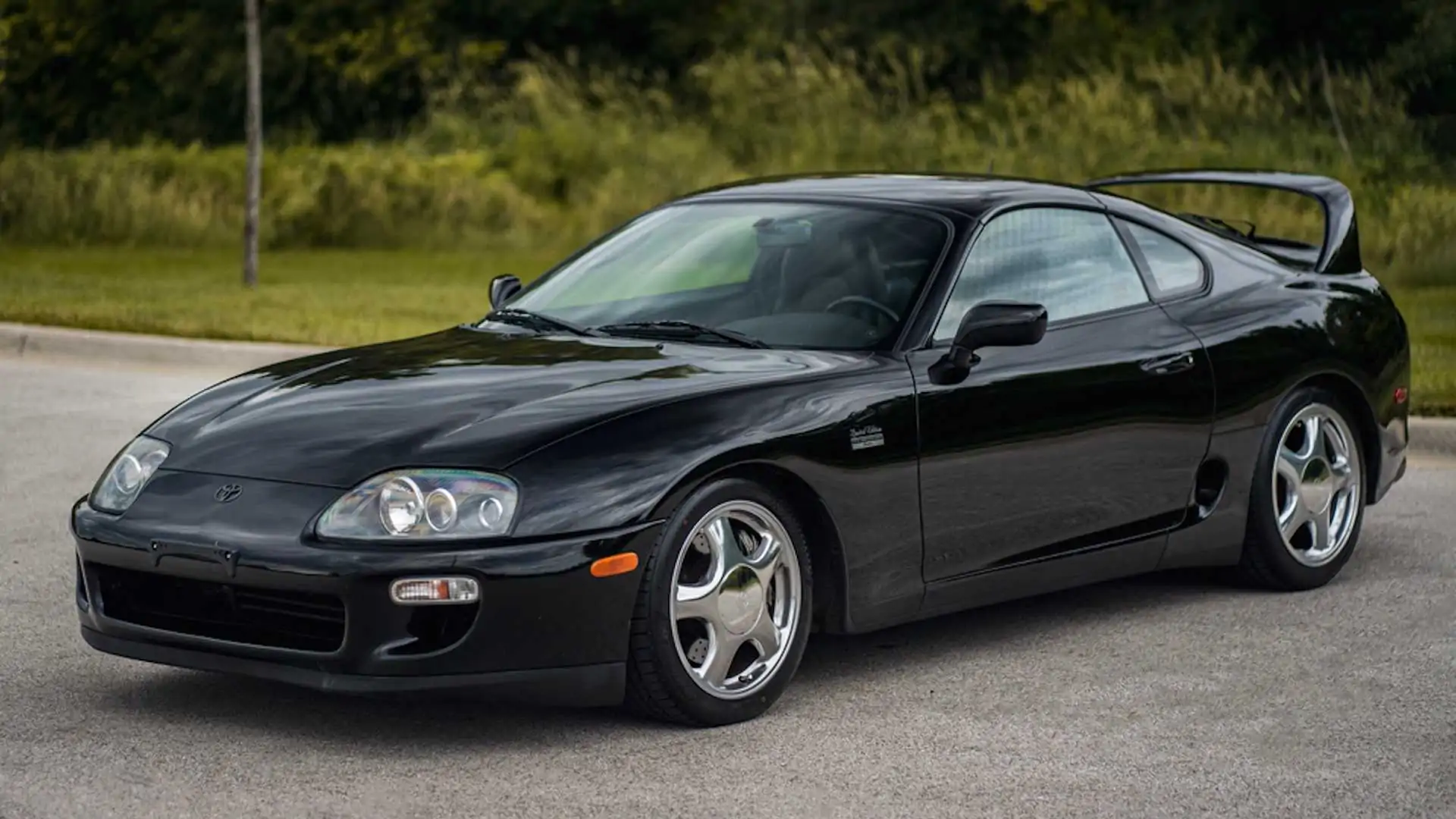
In essence, the Supra MK4’s combination of engineering excellence, cultural impact, and rarity transformed it from an affordable sports car into a highly collectible and valuable modern classic.
Its status as a tuner icon, combined with limited availability, continues to push prices higher, making it one of the best examples of a discontinued car whose value skyrocketed.
2. BMW E30 M3 (1986–1991)
The BMW E30 M3 is often heralded as one of the greatest performance cars of the 1980s, blending exceptional driving dynamics, motorsport pedigree, and classic styling. It was BMW’s answer to homologation requirements, designed to dominate touring car racing.
Built on the compact and lightweight E30 chassis, the M3 featured a naturally aspirated 2.3-liter inline-four engine, the S14, which produced about 192 horsepower in its original
European spec and more in later versions. The car was engineered with a focus on balance, sharp handling, and driver engagement, characteristics that still earn it praise today.
What truly sets the E30 M3 apart is its motorsport heritage. It won numerous championships worldwide, cementing BMW’s reputation in racing and attracting a dedicated fanbase of enthusiasts who appreciate its combination of precision and raw driver feedback.
Its iconic boxy design, with widened fenders, aggressive aerodynamic features, and the distinct rear spoiler, became a symbol of ‘80s performance.
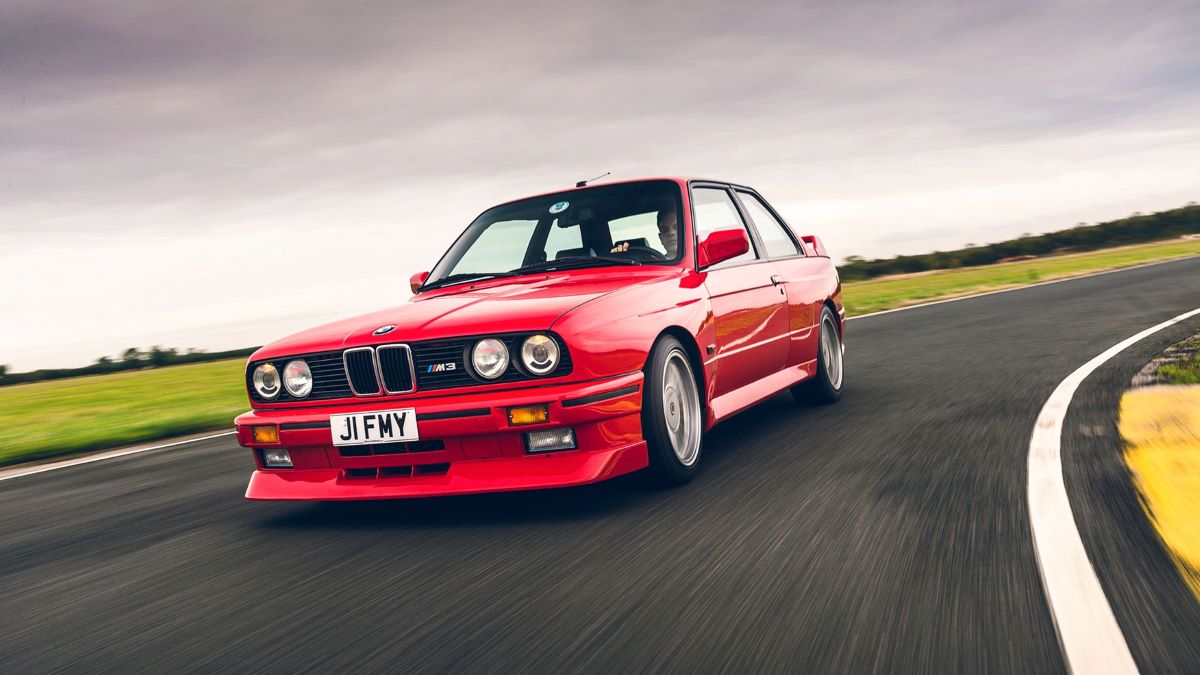
Despite its strong credentials, the E30 M3 was produced in limited numbers—approximately 17,000 units worldwide, with some versions and markets even scarcer. This scarcity has contributed to a steady increase in values over the years.
Moreover, the car’s reputation for being mechanically straightforward, reliable, and rewarding to drive has made it a favorite for both collectors and drivers alike.
Modern classic car buyers prize clean, original examples, particularly those with full service records and limited modifications.
The E30 M3’s blend of race-bred engineering and classic styling has made it a timeless classic. Enthusiasts see it as the last “pure” M3 before the model line became more complex and heavier, increasing its desirability.
In short, the E30 M3’s combination of rarity, motorsport success, and engaging driving experience explains why it commands thousands of dollars in today’s classic car market, proving that some discontinued cars are worth much more than their original price tags.
3. Acura NSX (First Generation, 1990–2005)
The first-generation Acura NSX broke new ground when it was introduced in 1990. It challenged the notion that exotic sports cars had to be fragile and expensive to maintain by offering supercar performance combined with Honda’s renowned reliability and build quality.
Developed with input from legendary Formula 1 driver Ayrton Senna, the NSX was revolutionary in its engineering.
Its lightweight aluminum body, mid-engine layout, and advanced suspension setup allowed it to deliver a driving experience that rivaled European exotics like Ferrari and Porsche while remaining easier to live with.
Powered by a high-revving 3.0-liter V6 producing around 270 horsepower initially, the NSX later received a larger 3.2-liter engine, improving power and refinement. The car’s precision, balance, and predictable handling set new standards for mid-engine supercars.
Unlike many of its rivals, the NSX was praised for its smooth power delivery and reliability, making it a car that owners could drive daily, unlike fragile exotics.
Despite its brilliance, the NSX was discontinued in 2005, partly due to shifting market demands and the rise of turbocharged competitors.
However, its status as a pioneer in the supercar segment has grown over time, with collectors recognizing its blend of performance, technology, and usability.
Limited production numbers—just over 18,000 units worldwide—and the fact that many have been well-maintained contribute to rising values.

The NSX’s cult following and status as the first true Japanese supercar have helped it command premium prices in the collector market. Enthusiasts seek out early models, especially those in excellent condition with manual transmissions, and these examples often sell for tens of thousands above their original MSRP.
Overall, the Acura NSX’s combination of engineering innovation, everyday drivability, and limited availability make it a discontinued car whose value has appreciated substantially, establishing it as a modern classic.
4. Ford Mustang SVT Cobra R (2000)
The 2000 Ford Mustang SVT Cobra R is a rare, track-focused muscle car that stands apart from the regular Mustang lineup. Only 300 units were produced, making it one of the most exclusive Mustangs ever built.
The Cobra R was developed by Ford’s Special Vehicle Team (SVT) to compete on the racetrack, featuring a naturally aspirated 5.4-liter V8 engine producing 385 horsepower, a significant step up from the standard Cobra models of the era.
Unlike regular Mustangs, the SVT Cobra R was stripped of many comfort features to save weight and enhance performance. It lacked a rear seat, air conditioning, and stereo, focusing purely on delivering a raw driving experience.
Suspension and braking systems were upgraded, and aerodynamic enhancements were added to improve handling at high speeds. This combination of lightweight design and powerful engine made the Cobra R a formidable performance machine.
Its rarity and track credentials have fueled demand among collectors and enthusiasts. Because only 300 units exist, and many remain in excellent, original condition, the Cobra R commands a premium price on the used market.
It represents a unique blend of muscle car heritage and focused engineering, standing as a collector’s piece rather than a typical Mustang.
Additionally, the 2000 Cobra R’s role as a bridge between classic muscle cars and modern performance models makes it historically significant. It symbolizes Ford’s commitment to high-performance vehicles and represents a time when muscle cars were evolving toward more sophisticated engineering.

In summary, the 2000 Ford Mustang SVT Cobra R is a rare, well-engineered performance car with strong collector interest due to its limited production, track focus, and place in Mustang history. These factors combine to give it a current value that far exceeds its original price.
5. Dodge Viper RT/10 (First Generation, 1992–1995)
The first-generation Dodge Viper RT/10 is an emblem of American muscle and raw performance. Launched in the early 1990s, the Viper stunned the automotive world with its aggressive styling, enormous V10 engine, and minimalist, driver-focused approach. It was not designed for luxury or comfort but for pure, unfiltered driving excitement.
Under the hood, the Viper RT/10 housed an 8.0-liter V10 engine that produced 400 horsepower—impressive numbers for the era. Its lightweight, stripped-down design allowed it to accelerate rapidly and deliver a thrilling driving experience.
The Viper’s lack of driver aids, such as ABS or traction control in early models, meant that drivers needed skill and respect to handle its brute force.
Initially, the Viper was divisive. Some criticized its spartan interior and challenging driving dynamics, but others embraced its no-compromise performance and bold character. Over time, the Viper gained a cult following among enthusiasts who valued its authenticity and raw power.
The Viper RT/10 was produced in relatively limited numbers during its first generation, with about 15,000 units built. Its unique status as an American supercar and the rarity of well-maintained early models have caused prices to climb.
Collectors prize original, unmodified examples, especially those with documented history and low mileage.
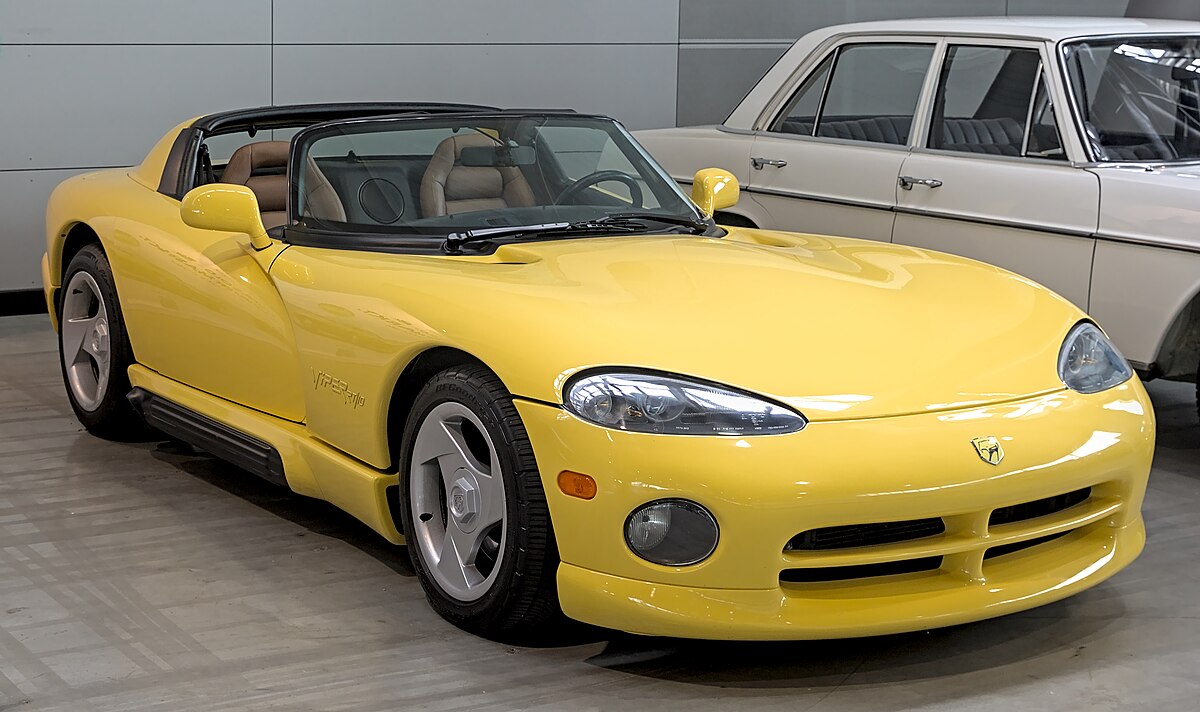
As the Viper matured, it became recognized as a pioneer that challenged the dominance of European exotics on performance and price.
Its status as an American icon, combined with increasing rarity and cultural significance, ensures that the first-gen Viper RT/10 remains a highly sought-after collectible, with values reaching into the thousands and beyond.
5 Discontinued Cars That Stayed Junk
Not every discontinued car turns into a valuable collector’s item. Many models, despite efforts to innovate or carve out a niche, fail to gain respect or maintain value after production ends.
These cars often suffer from poor reliability, outdated or unattractive design, bad reputations, or scarce parts availability. Consequently, they continue to depreciate rapidly and are often considered “junk” by enthusiasts and the market alike.
This list focuses on five discontinued cars that, for various reasons, did not stand the test of time. Instead of becoming coveted classics, these vehicles have struggled with lingering issues that hurt their long-term value.
Sometimes, this is due to build quality problems or underwhelming performance. Other times, a model’s styling, technology, or brand perception simply didn’t resonate with buyers or collectors.
The lack of aftermarket support or difficulty finding replacement parts also plays a crucial role in a car’s demise on the resale market.
Understanding why certain discontinued cars fail helps illustrate what factors prevent vehicles from gaining collectible status. It also offers a cautionary tale for buyers who may consider these models for long-term ownership or investment.
While these five cars had potential in their day, today they are remembered more for their flaws than their strengths.
In this section, we’ll delve into the stories behind these junk-status cars, examining what went wrong and why their values remain low.
From reliability nightmares to outdated designs and poor market reception, these vehicles serve as reminders that not all discontinued cars become treasures.
1. Pontiac Aztek (2001–2005)
The Pontiac Aztek is often cited as one of the ugliest and most poorly received cars in automotive history.
Introduced as a crossover meant to appeal to adventurous younger buyers, the Aztek’s controversial design and awkward proportions made it a target of ridicule from the start. Its styling was unconventional to the point of alienation, with clunky lines, oversized plastic cladding, and an unbalanced profile.
Beyond looks, the Aztek was plagued by mediocre performance and subpar build quality. It came equipped with a V6 engine that was adequate but uninspiring, and its interior, though spacious, lacked refinement and suffered from cheap materials.
Reliability issues and questionable fit-and-finish further hurt its reputation. Despite being packed with features such as a camping package and versatile interior, the Aztek never caught on with buyers.
Its poor sales and negative public perception led to its discontinuation after only five years. Today, the Aztek remains a punchline rather than a collectible.
Its lack of desirability means that clean, running examples are often inexpensive, but the difficulty in finding parts and the low demand keep its value minimal.

While some have tried to re-evaluate the Aztek as a cult classic for its uniqueness, it remains largely unloved.
The Aztek’s failure is a textbook example of how design missteps and poor execution can doom a car, regardless of innovative features or marketing efforts.
2. Chevrolet SSR (2003–2006)
The Chevrolet SSR was a retro-styled pickup/roadster hybrid that initially sparked curiosity but ultimately failed to find a sustainable market.
The SSR combined a retractable hardtop convertible roof with a pickup truck bed, wrapped in styling inspired by 1940s Chevy trucks. While visually striking and unique, the SSR suffered from multiple flaws that hurt its long-term value.
Mechanically, the SSR was based on GM’s truck platform but offered underwhelming performance compared to sports cars and pickups of its era. Its V8 engine options were adequate but not groundbreaking, and the vehicle’s weight and size made it less practical.
The interior, though better than expected for the segment, felt outdated quickly. More importantly, the SSR’s ride quality and handling were compromised by its unusual design.
The SSR’s niche appeal was not enough to sustain sales, and production ended after just four years with relatively low numbers produced.
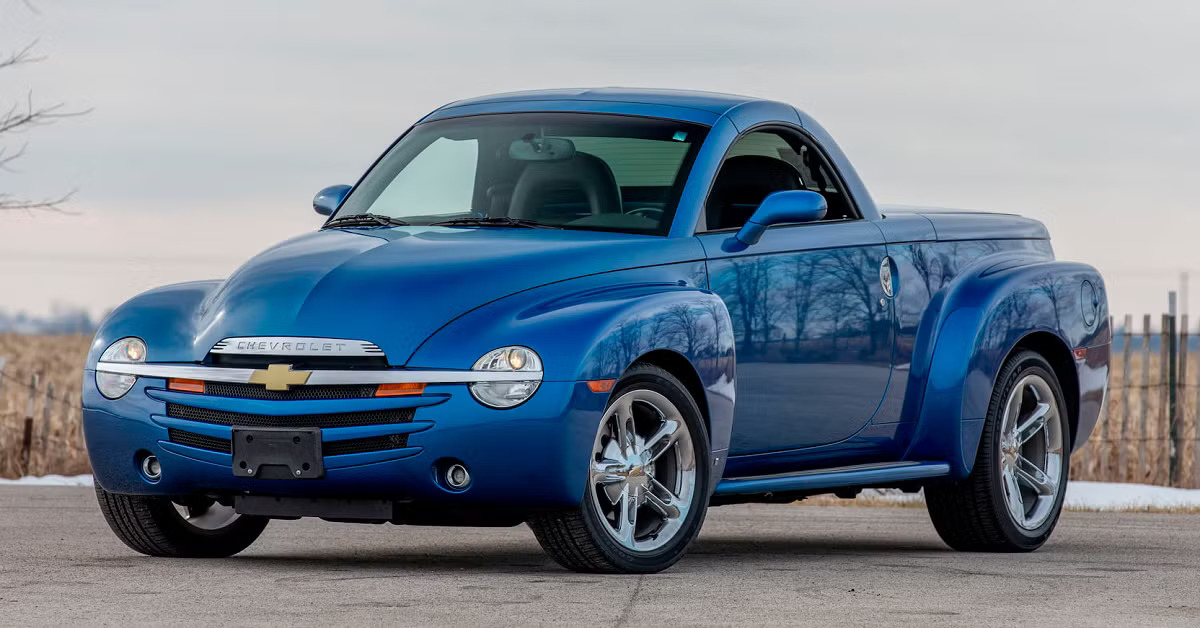
Today, the SSR struggles in the used market due to its mixed reputation and awkward blend of vehicle types. Enthusiast interest is limited, and values remain low except for a few well-maintained, rare color examples.
The SSR shows how unusual design and unclear market positioning can cause a discontinued car to lose value and be largely overlooked by collectors.
3. Nissan Juke (First Generation, 2010–2017)
The Nissan Juke was a compact crossover with a bold and polarizing design that divided opinion from launch. Its bulbous, bug-eyed front end and quirky styling attracted attention but also alienated many traditional buyers.
While the Juke found a niche among younger drivers seeking something different, it failed to build a lasting enthusiast base.
Beyond its controversial looks, the Juke’s performance and interior quality were average at best. It offered small turbocharged engines, but the driving experience lacked refinement or excitement. The interior was cramped and featured materials that didn’t hold up well over time. Reliability was average but not standout.
The Juke’s small size and odd styling limited its appeal in a market that increasingly favored more conventional SUVs and crossovers.
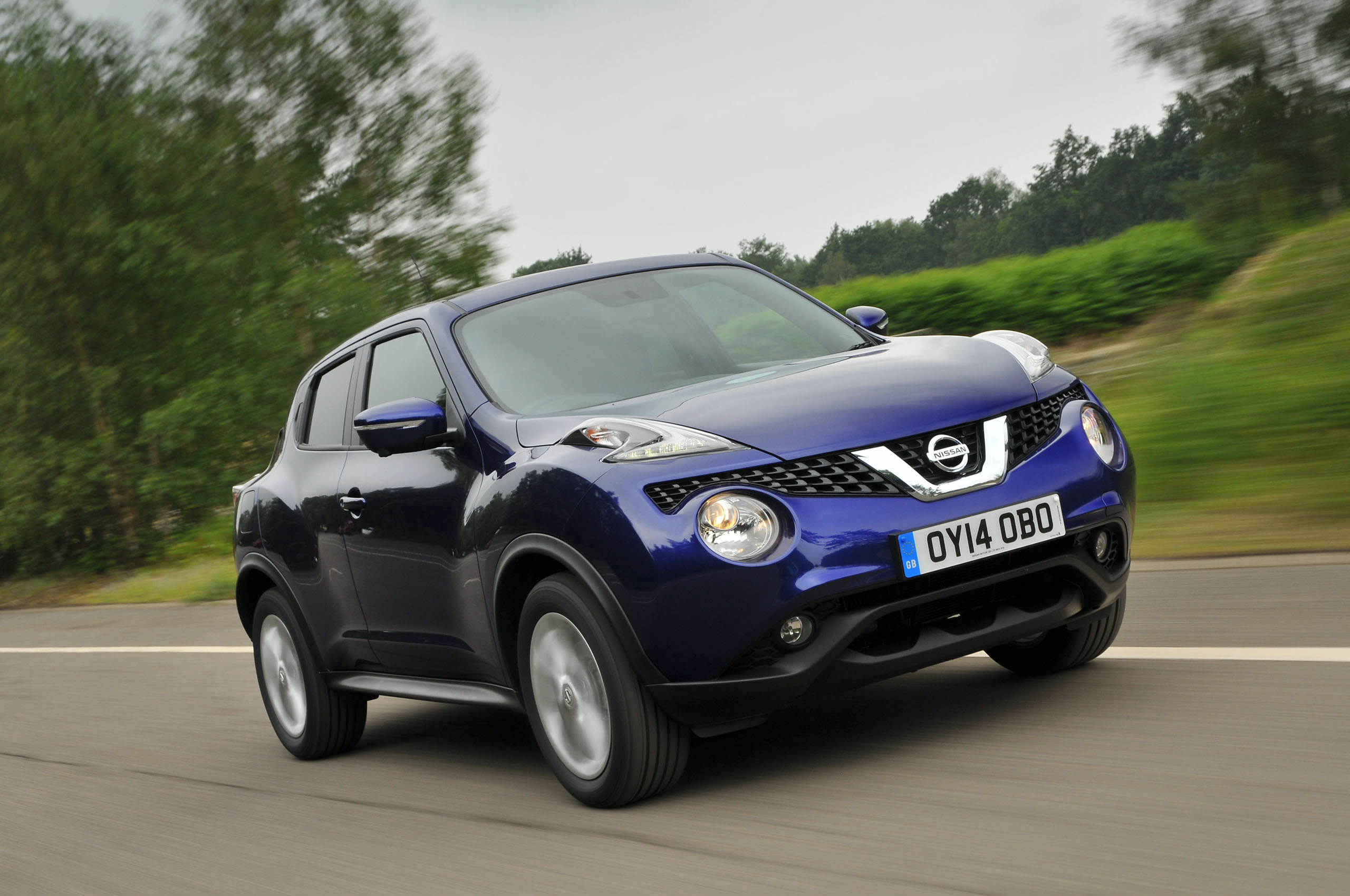
While it enjoyed moderate sales success during production, it has not developed a strong collector market. Parts remain available, but demand is weak, resulting in continued depreciation.
The Nissan Juke’s case illustrates how polarizing design and limited appeal can cause discontinued cars to remain undervalued and unattractive to collectors.
4. Chrysler PT Cruiser (2001–2010)
The Chrysler PT Cruiser attempted to capitalize on retro styling trends in the early 2000s but ultimately failed to become a respected classic. Its boxy shape and quirky design gave it initial popularity, but the novelty wore off quickly.
The PT Cruiser’s performance was underwhelming, with small four-cylinder engines that struggled to move the relatively heavy body efficiently.
Reliability and build quality were inconsistent, leading to a reputation for frequent repairs and maintenance headaches.
The interior design, though unique, was criticized for cheap materials and a lack of modern features. Over time, the PT Cruiser became synonymous with outdated styling and a lack of refinement.
Despite selling reasonably well during its run, the PT Cruiser’s value has dropped significantly since discontinuation.

It has not developed a collector following, and parts availability is limited as dealers phase out support. Many examples now exist only as inexpensive daily drivers or project cars.
The PT Cruiser’s decline highlights how novelty styling and mediocre execution can result in a discontinued car that struggles to maintain value or respect.
5. Fiat Multipla (1998–2010)
The Fiat Multipla is notorious for its unusual and divisive exterior design, which many describe as unattractive or awkward.
Designed as a compact MPV, the Multipla prioritized interior space and practicality over aesthetics. Its two-row front windshield and wide stance gave it a very distinctive look that was often compared to a “frog” or “alien.”
While praised for its spacious interior and flexible seating arrangements, the Multipla’s quirky design limited its appeal in most markets.
Reliability was average but not exceptional, and many buyers preferred more conventionally styled competitors. The car’s driving dynamics were also considered bland and uninspiring.
As a result, the Multipla did not hold value well after production ended. It remains a rare sight on roads today and lacks a collector base willing to pay premiums for well-maintained models. Parts can be difficult to source in some regions, further discouraging enthusiasts.
The Multipla’s fate demonstrates how radical design choices, even with practical benefits, can lead to a car being dismissed by the market and remaining junk despite its usefulness.
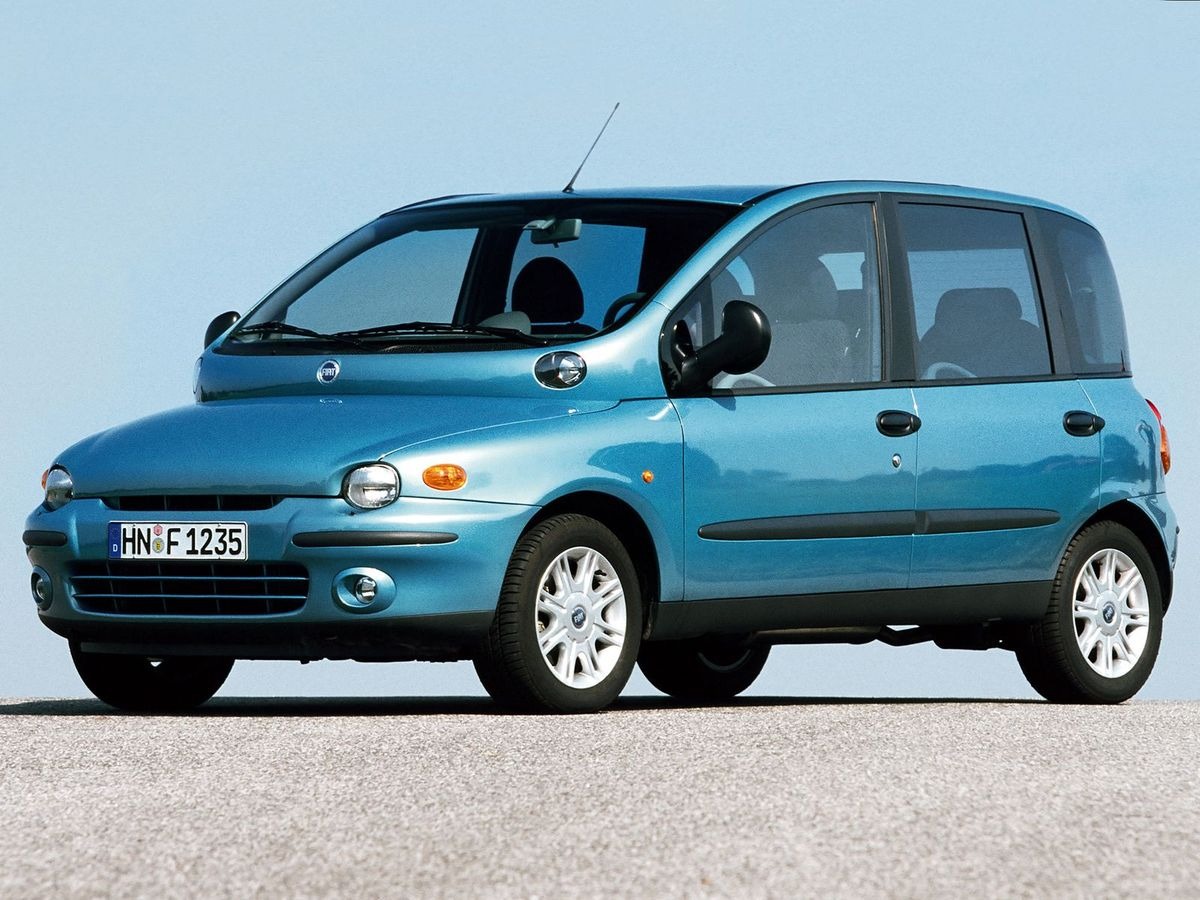
Discontinued cars often provoke strong reactions — some fade quietly into obscurity, while others gain legendary status and impressive value over time.
As we’ve explored, the difference between a valuable post-production gem and a perennial dud often hinges on design integrity, cultural relevance, mechanical reliability, and collector appeal.
Vehicles like the Toyota Supra Mk4 or Acura Integra Type R continue to soar in value because they offered performance, engineering excellence, and emotional appeal that transcended their production years. These cars built reputations during their lifespans and only grew more revered with time, scarcity, and nostalgia.
On the flip side, cars like the Pontiac Aztek or Chrysler PT Cruiser illustrate how flawed execution or misaligned marketing can doom a car’s future.
While some may appreciate their quirks or attempt to reframe them as cult classics, the broader market has largely moved on, leaving behind low resale values and little enthusiast support.
In many cases, these cars were let down by build quality, awkward design, or an inability to deliver a meaningful driving experience.
The disparity between these two groups isn’t always obvious at launch — some valuable cars were slow sellers initially, and some junk-status vehicles moved significant volumes before falling out of favor.
What sets the two apart over the long term is the staying power of their engineering and emotional resonance.
Cars that are engaging to drive, well-built, and visually iconic tend to attract a following. Those that were rushed, gimmicky, or failed to connect with buyers rarely recover once discontinued.
For enthusiasts, collectors, or even casual buyers interested in older vehicles, the takeaway is clear: do your research, understand the long-term reputation, and recognize that not every discontinued car is destined for greatness.
Some become automotive legends worth thousands — others remain cautionary tales. In the world of discontinued cars, time doesn’t forgive all flaws — it simply clarifies which ones truly mattered.
Also Read: 5 Cars That Are Great for Uber Drivers and 5 That Kill Your Earnings

